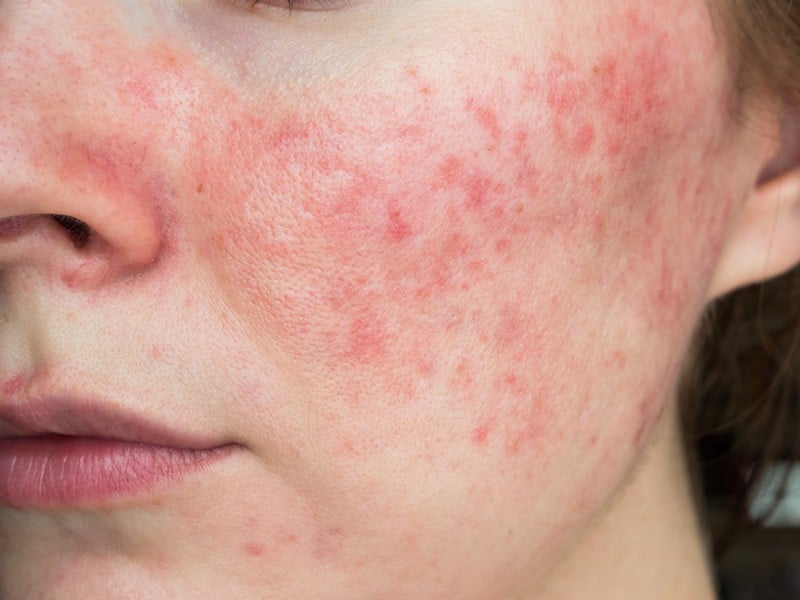Some people who had smallpox when they were younger have a chance to have shingles when they get older. Shingles is a viral infection caused by the varicella-zoster virus, the same virus that causes chicken pox. Painful rashes or blisters characterize shingles, which can occur on the body. According to healthcare providers, the rash or itchy blister first appears on the chest, face, and back before it spreads over the whole body. Covering the rash prevents the spread of the virus.
Most children and adults received vaccination against chickenpox. However, the vaccine does not destroy the virus. Instead, it stays in the body forever. The varicella-zoster virus remains dormant until a trigger appears that activates the virus again, causing shingles. Most people have a single episode of shingles during their lifetime, but some people can have it a few more times.
Shingles can be painful, but it is not life-threatening. Some vaccines help minimize the risk. Moreover, a person who receives early treatment for shingles may shorten the infection and reduce the chance for complications. Complications due to shingles include postherpetic neuralgia. This condition is more painful and causes the pain from shingles to stay long after the blisters have healed.
Rash

One of the early signs of shingles is the appearance of a painful rash that starts on one side of the face. The rash can show up on one side of the body or face. Blisters accompany the inflammation, and scabs form over the blisters in seven to ten days. The scabs signal that the blisters are healing and will disappear in 14 to 28 days.
But before the rash develops, people will experience some signs, like tingling, itching, or pain in the part where the rash will eventually appear. These minor signs occur several days before the rash forms.
The rash often appears as a stripe on the face or the body’s right or left side. When shingles appear on the face, it can affect the person’s eye, which leads to loss of vision. With a weakened immune system, the rash may become widespread all over the body, typically resembling the rash from chickenpox.
According to trusted sources, the first signs of shingles are burning and pain. The pain is typically localized on one side of the body. Afterward, a rash develops, and its color depends on the skin tone, varying from red, purple, dark brown, or dark pink.










